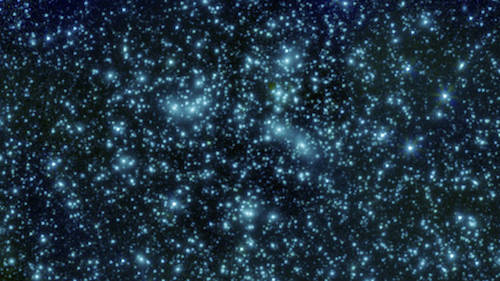 Intelligent Design
Intelligent Design
 Physics, Earth & Space
Physics, Earth & Space
Strange Signals from the Stars — Another Case Study of the Design Inference

Yesterday we noted an illustrative instance of scientists outside the context of the intelligent design community unapologetically employing the design inference (“Fairy Circles? The Design Inference at Work“). Shannon Hall presents another case study in New Scientist: “Strange signals from 234 stars could be ET — or human error.” She writes:
It’s a bold claim. Two astronomers think they have spotted messages from not just one extraterrestrial civilisation, but 234 of them. The news has sparked a lively debate in the field as other astronomers think the claim is premature and are working fast to get to the bottom of the signals.
Two astronomers from Quebec appear eager to find ET, but they know caution demands working the design filter rigorously.
Borra and Trottier ruled out other possible explanations for the pattern, like rapid pulsations in the atmospheres of the stars themselves and rotational transitions in molecules. “We have to follow a scientific approach, not an emotional one,” says Borra. “But intuitively — my emotion speaks now — I strongly suspect that it’s an ETI signal.“
Their critics sound familiar:
“They don’t consider every natural possibility and jump prematurely to the supernatural — so to speak — conclusion,” says Peter Plavchan at Missouri State University in Springfield. “I think it’s way too premature to do that.”
Supernatural? Who said anything about supernatural? Are they assuming that intelligence itself is somehow unnatural?
We’ll leave the disputants to argue this one out for themselves, though Plavchan is likely correct that their inference to ET is premature. You have to work the design filter to rule out chance and natural law to a sufficient criterion, such as Dembski’s Universal Probability Bound. Here, “the spectral patterns were likely caused by errors in calibration or data analysis,” as Hall concludes — a case of not-so-intelligent design.
The point here is not to decide the merits of the specific theories or conclusions. It’s only to observe that using reason to distinguish between natural and intelligent causes is as ordinary as the grass under your feet or the stars overhead.
Photo credit: Pandora’s Cluster, by NASA/JPL-Caltech.
